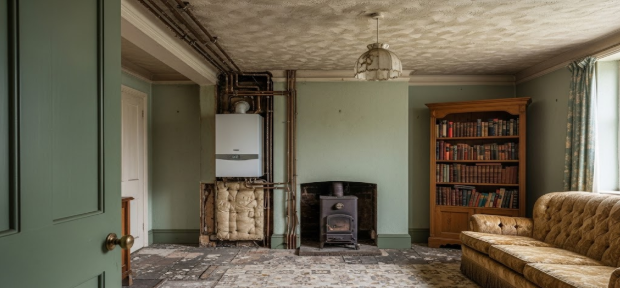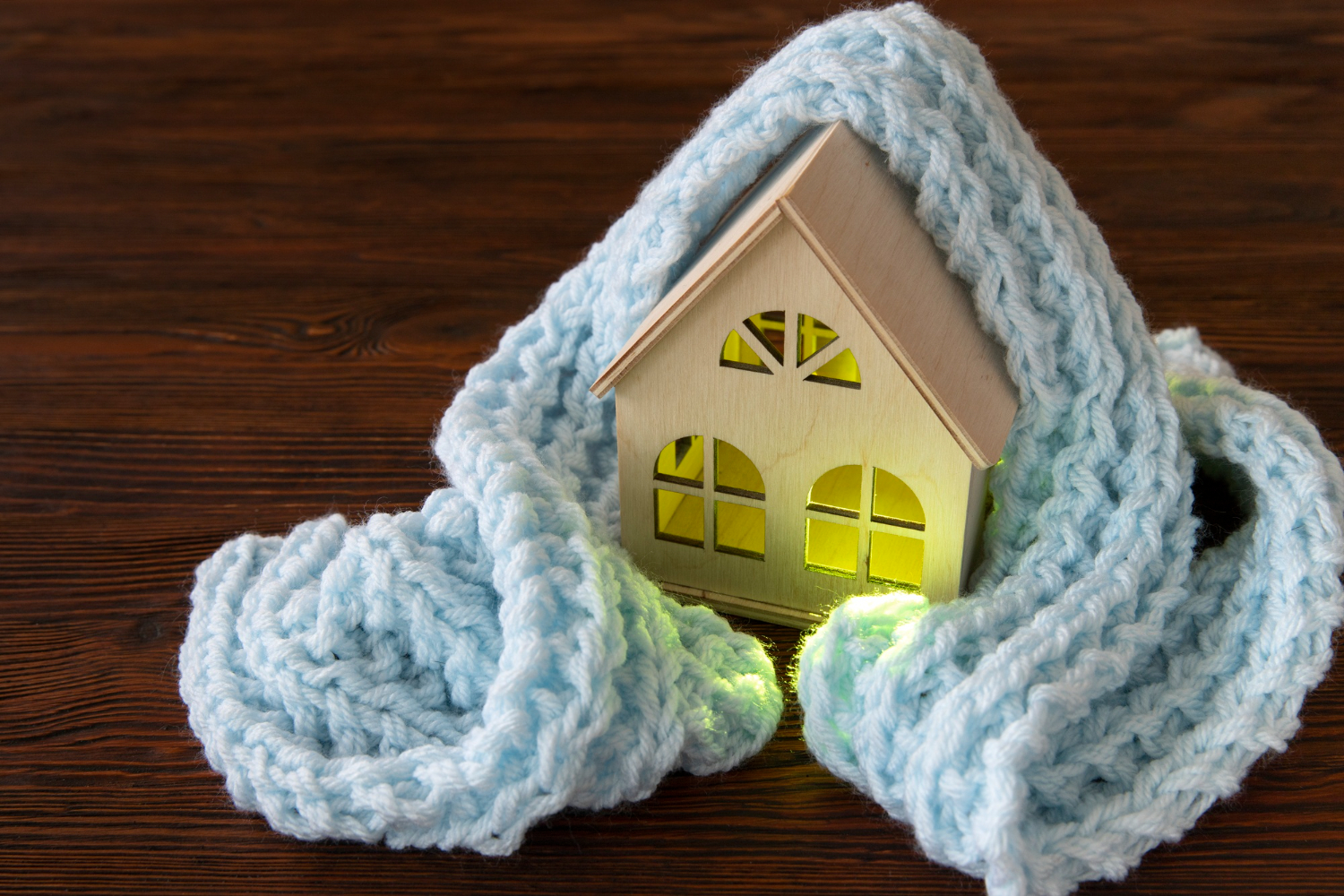Historic houses in the UK have a charm that many people find appealing. Features such as tall ceilings and detailed moulding attract people aged 55 and older who appreciate classic architecture.
However, these homes may also pose serious health risks, especially if they have been in place for a long time.
Did you know that 5% of homes in England now have damp problems? This figure has increased from 3-4% in the last five years. High humidity can lead to mould, which can cause asthma, allergies, and other respiratory issues.
We, at Cycle Of Time, help you improve your home and health as you age, ensuring your living space remains safe and comfortable during retirement.
This article highlights six common health risks in older homes and provides practical solutions to help you stay safe. Keep reading!
Common Health Risks in Older UK Properties
Here are the six common health risks found in older UK properties:
-
Asbestos Ceilings or Pipework
“Asbestos is still found in thousands of UK homes, often in places like textured ceilings, floor tiles, and boiler insulation,” says a spokesperson from Advance Asbestos Removal. It usually isn’t discovered until renovations begin at which point it can pose serious health risks if disturbed.
Pro Tip: Always hire a licensed expert to remove or handle asbestos. If you are unsure where asbestos might be, get a complete home inspection.

-
Damp and Mould Growth
Older homes are more at risk of moisture, mainly if they have poor ventilation or leaking pipes. Moisture can cause mould, which may lead to breathing issues, worsen asthma, and trigger allergies. The cold, damp weather in the UK makes this problem worse, and damp spots can often be the first sign of trouble.
Pro Tip: Keep your home dry and well-ventilated. If you notice signs of moisture, such as musty odours or water stains, act quickly to repair leaks and improve airflow. Hire a damp-proofing service to protect your home and your health.
For further home safety guidance, it’s important to know how to prevent dampness and improve overall safety.
-
Unsafe Wiring and Electrical Hazards
Many older homes still have outdated or faulty wiring, which can be a serious fire risk. Houses built before the 1970s often have less reliable wiring, and exposed or frayed wires can increase the risk of electric shocks or short circuits.
According to Electrical Safety First, more than half (53.4%) of all accidental house fires in England were caused by electrical issues. This illustrates the severity of the dangers posed by outdated electrical systems.
Pro Tip: It’s essential to have a certified electrician inspect your wiring regularly, if you plan to undertake renovations. Upgrading the electrical system to meet current safety standards is crucial for maintaining a safe home environment.
-
Trip Hazards in the Home
Older homes have uneven floors, steep stairs, and old thresholds, which can increase the risk of trips and falls, especially for seniors. Falls can lead to serious injuries such as fractures or brain injuries, particularly for people with mobility issues.
Pro Tip: To stay safe, use non-slip mats, secure loose rugs, and ensure that stairways are well-lit and have sturdy handrails. If you’ve difficulty moving around, install stairlifts or ramps to make it easier to get around your home.
A clear example of making your home safer as you approach retirement can be seen in this podcast episode, where two older individuals share home safety tips for a 30-year retirement.
-
Lead Paint in Older Walls
Houses built before the 1970s might have lead-based paint, which can be dangerous if it gets damaged or falls apart over time. Exposure to lead can harm the brain and cause developmental issues, especially in children and pets.
Pro Tip: If you plan to renovate, check the paint for lead. If lead is found, hire an expert to safely remove or cover it using lead-safe methods to prevent exposure.
-
Poor Indoor Air Quality
Older homes lack enough insulation and ventilation, resulting in poor indoor air quality. Dust, pet hair, and other allergens can accumulate over time, leading to issues such as breathing difficulties, headaches, and fatigue. Poor air quality can worsen conditions like asthma or COPD.
Pro Tip: Purchase an air purifier to remove indoor pollutants. Open windows regularly to improve airflow, and ensure your home is well insulated to help control temperature and humidity.
Conclusion
Living in a historic house in the UK can be safe and healthy if you take the proper steps. By knowing common risks and taking action, you can create a safer and more pleasant home.
Start by checking your wiring, controlling mould, and handling any asbestos problems. With some preparation and effort, you can make your home a safe space where you can truly thrive for years to come.
By putting in some thought and effort, you can make your home secure for the future. When considering your long-term comfort and safety, it’s important to see how your home aligns with your retirement goals.



